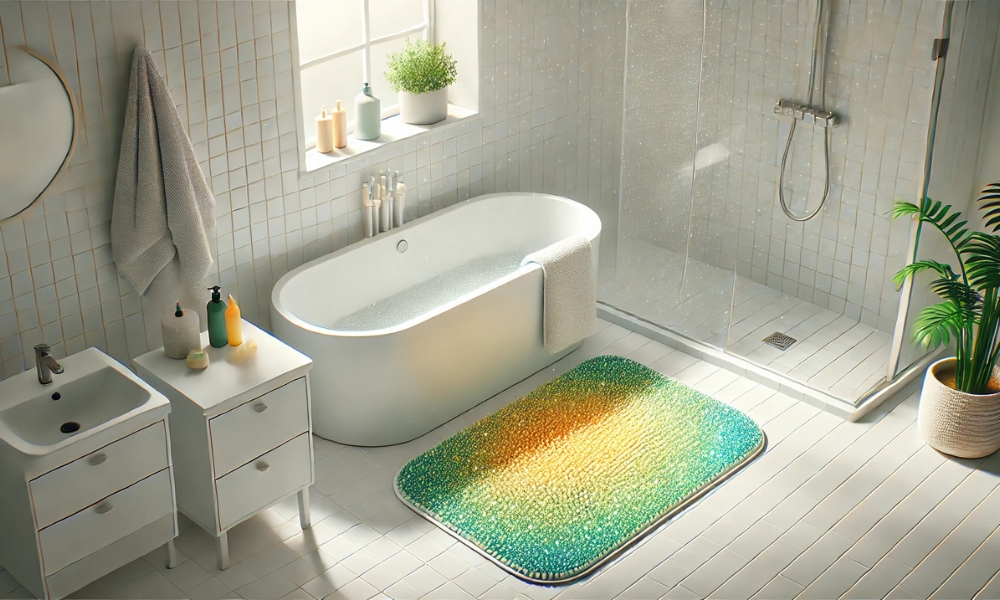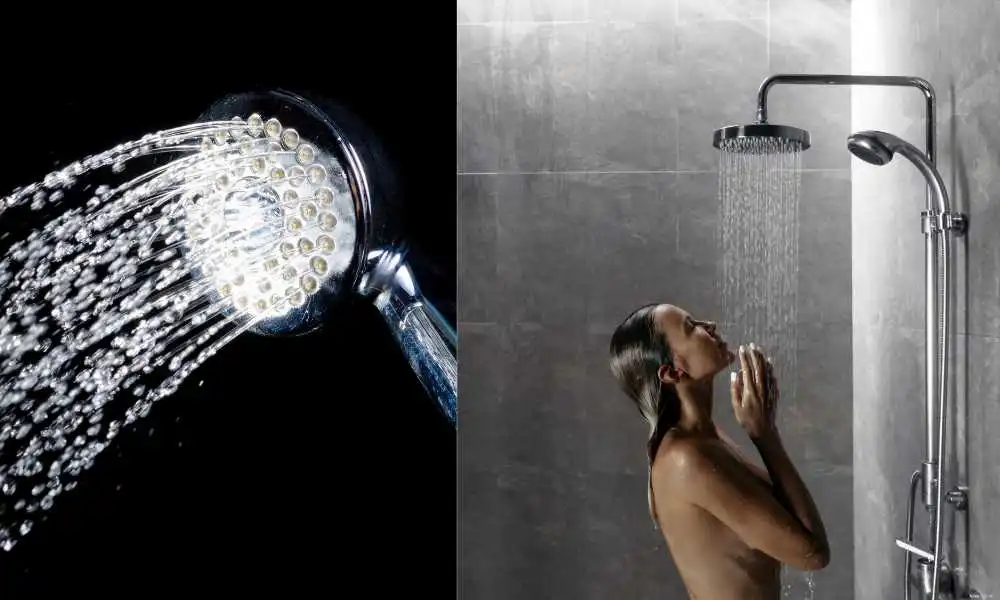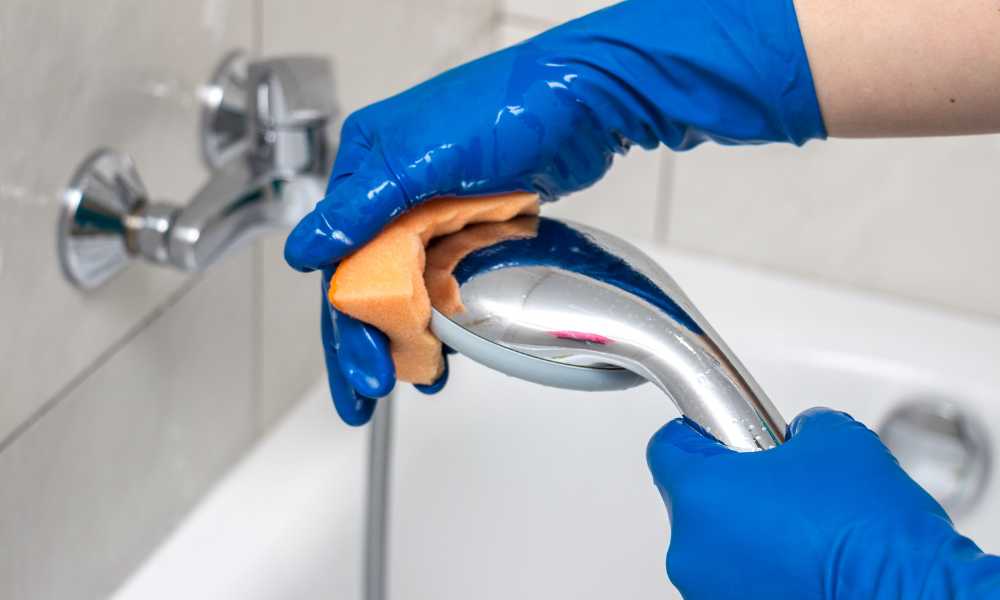Clean plastic bath mats, though often overlooked, are the unsung heroes of bathroom safety and comfort. These mats endure constant moisture and use, offering a secure footing to prevent slips and falls. Yet, their functionality can be compromised without regular cleaning. Neglected bath mats become breeding grounds for unpleasant odors, unsightly stains, and harmful bacteria. A little effort goes a long way in preserving their hygiene and ensuring your bathroom remains a haven of cleanliness.
Why Keeping Plastic Bath Mats Clean Is Important
Imagine stepping onto a grimy, moldy surface every morning—it’s far from pleasant. Clean Bath Mats With Suction Cups are constantly exposed to water, soap residue, and oils from your skin. This combination creates an ideal environment for mildew and bacteria. Beyond aesthetics, neglecting cleanliness can pose genuine health risks. Regular upkeep not only safeguards your well-being but also enhances the overall ambiance of your bathroom.
Benefits Of Regularly Cleaning Your Plastic Bath Mat
- Prolonged Lifespan: Regular cleaning prevents wear and tear, allowing your mat to serve you faithfully for years.
- Improved Appearance: A sparkling mat complements your bathroom’s aesthetic, making the space feel inviting.
- Healthier Living Environment: Eliminate potential allergens and irritants like mold spores, ensuring a safer home for you and your family.
Understanding Plastic Bath Mats
What Are Plastic Bath Mats Made Of?
Typically crafted from PVC, vinyl, or similar materials, It is prized for their durability and resistance to water. These materials are designed to endure daily use while maintaining their grip, ensuring safety even in the slickest conditions.
Common Issues With Dirty Plastic Baths Mats
Over time, mats collect soap scum, hard water deposits, and dirt. This accumulation dulls their appearance and makes them slippery—ironically increasing the risk of accidents. Moreover, trapped moisture often leads to the proliferation of mold and mildew, compromising both safety and hygiene.
Preparing To Clean Plastic Baths Mats
Before embarking on a cleaning spree, gather essentials: mild detergents, white vinegar, baking soda, and a trusty scrub brush. A well-ventilated workspace is crucial to avoid inhaling strong fumes from certain cleaning agents. Preparation is half the battle won.
Quick Daily Maintenance Tips
Simple habits can save you from arduous scrubbing sessions later. After each use, rinse your mat thoroughly with warm water to wash away residues. Hang it vertically in a well-ventilated area—this discourages moisture retention, which is the root cause of most issues.
Deep Cleaning Methods For Plastic Bath Mats
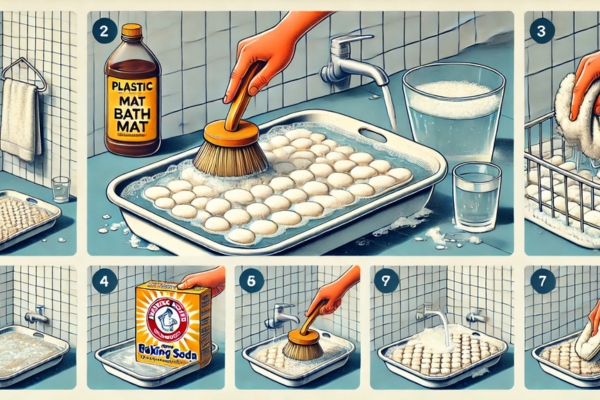
For those stubborn stains and odors that refuse to budge, a deeper clean is essential. Start by soaking the mat in a solution of warm water and vinegar for 30 minutes. Sprinkle baking soda on problem areas, then scrub gently with a brush. Rinse with clean water and let it dry completely.
Cleaning Plastic Bath Mats In The Washing Machine
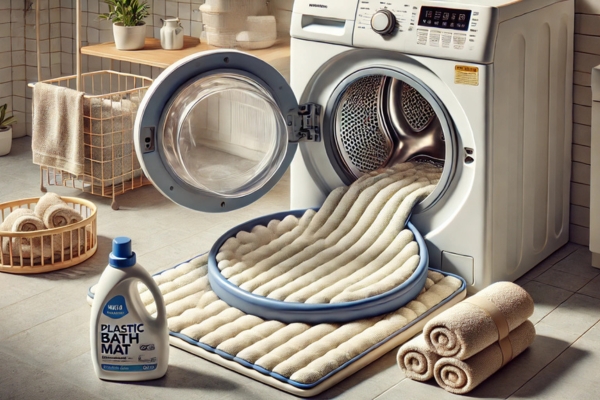
Most plastic mats are machine washable, simplifying the cleaning process. Toss your mat into the washer with a few towels to cushion the load. Use a gentle cycle, warm water, and a mild detergent. Skip the dryer—air drying preserves the mat’s texture and shape.
Removing Specific Stains and Odors
1. How To Remove Mildew And Mold
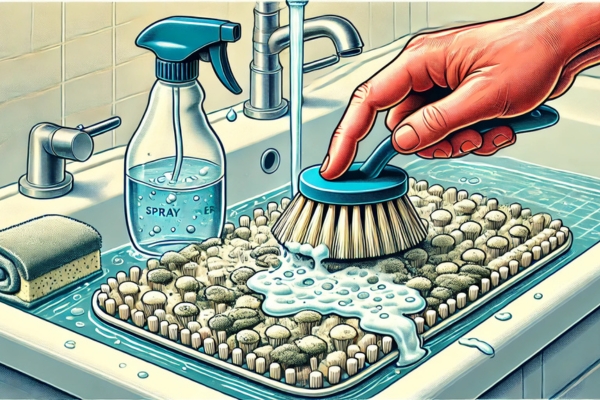
Mildew and mold thrive in damp, humid environments, making It a prime target. To tackle this, mix equal parts white vinegar and water in a spray bottle. Generously spray the solution onto the affected areas, ensuring it saturates any visible mold or mildew. Allow the solution to sit for at least 15 minutes, giving the vinegar time to break down the growth and kill spores. Use a soft or medium-bristled brush to scrub the surface, focusing on crevices and textured areas where mold can hide. Rinse thoroughly with warm water and, if possible, leave the mat to dry in direct sunlight. Sunlight acts as a natural disinfectant, further inhibiting regrowth.
2. Tackling Hard Water Stains
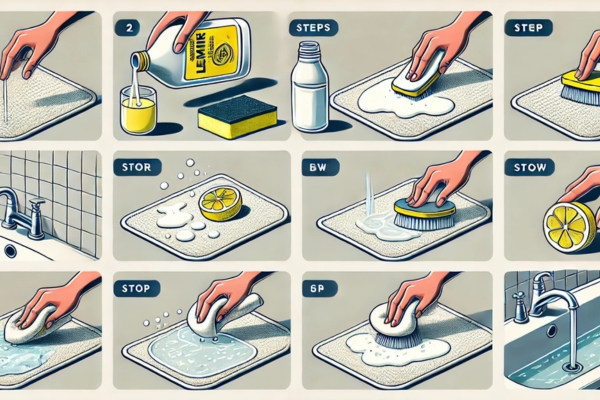
Hard water stains, often recognized as cloudy or chalky deposits, can dull the appearance of your bath mat. To remove these, apply fresh lemon juice or white vinegar directly to the affected areas. The natural acidity in these substances breaks down the mineral deposits, making them easier to scrub away. Let the solution sit for about 10-15 minutes to penetrate the buildup. Using a soft sponge or cloth, gently wipe the stains away. Rinse the mat thoroughly with warm water and admire the restored clarity. For persistent stains, repeat the process or soak the entire mat in a vinegar solution for an hour.
3. Dealing With Lingering Odors
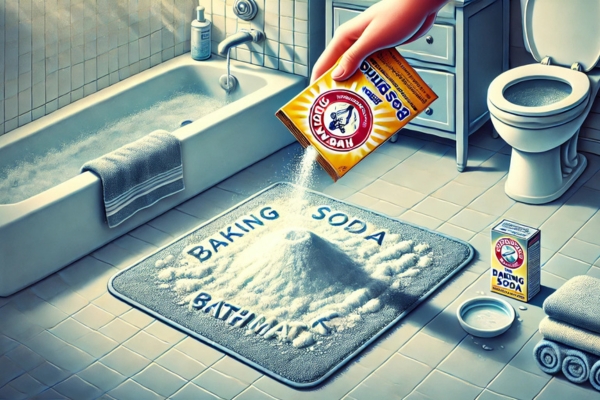
Unpleasant odors can linger on a bath mat due to trapped moisture and bacteria. Baking soda, a natural deodorizer, is your best ally. Sprinkle it generously over the mat, focusing on areas where odors are strongest. Allow the baking soda to sit overnight, absorbing smells and loosening dirt. The next day, scrub the mat lightly with a damp sponge or cloth, then rinse thoroughly with warm water. For added freshness, follow up with a quick vinegar rinse. Dry the mat completely before use to ensure odors don’t return.
Eco-Friendly Cleaning Alternatives
Green cleaning doesn’t mean compromising on results. Opt for plant-based detergents, natural acids like lemon juice, or baking soda. These options are effective, affordable, and safe for both your health and the environment.
Preventing Mold And Mildew On Plastic Bath Mats
The key to prevention is keeping your mat dry. After every use, shake off excess water and hang the mat where air circulates freely. Regularly cleaning your bathroom and maintaining low humidity levels further minimizes the risk of mold and mildew.
When To Replace Your Plastic Bath Mat
No cleaning regimen can save a mat that’s beyond repair. Cracks, discoloration, and persistent odors are signs it’s time to let go. Replacing your mat ensures safety and maintains the freshness of your bathroom environment.
Creative Ideas For Reusing Old Plastic Baths Mats
Why throw away when you can repurpose? Old mats can serve as non-slip liners for drawers, waterproof pads for pet dishes, or protective layers for messy craft projects. With a little creativity, their utility extends beyond the bathroom.
FAqs About Cleaning Plastic Baths Mats
How Often Should I Clean My Plastic Bath Mat?
Cleaning your plastic bath mat weekly is recommended to prevent the buildup of grime, mold, and bacteria. This routine maintenance keeps your mat looking fresh and extends its lifespan. However, if your bathroom is particularly humid or the mat sees heavy use, consider cleaning it more frequently—perhaps every three to four days. Regular rinsing after each use can also reduce the need for deep cleaning.
Can I Use Dish Soap To Clean My Bath Mat?
Yes, dish soap is an excellent choice for cleaning your bath mat! Its grease-cutting properties make it effective at removing soap scum, body oils, and dirt. To use dish soap, mix a few drops with warm water in a bucket or sink. Submerge the mat and use a soft-bristled brush to scrub the surface gently. Rinse thoroughly to remove all soap residues. For an eco-friendly approach, choose a biodegradable dish soap that’s free from harsh chemicals.
Are All Plastic Bath Mat Machines Washable?
Not all plastic baths mats are designed to withstand the rigors of machine washing. Always check the care label or manufacturer’s instructions before tossing your mat into the washer. If the mat is machine washable, use a gentle cycle with warm water and mild detergent. For added protection, include a few towels in the wash to cushion the mat and prevent damage. Avoid using hot water or a dryer, as extreme heat can warp or degrade the plastic material. If the label advises against machine washing, stick to hand-washing methods to ensure the mat’s longevity.
Conclusion
Keeping your plastic bath mat clean isn’t just about appearances—it’s about creating a safer, healthier, and more inviting environment in your bathroom. A spotless mat not only enhances the aesthetic appeal of your space but also eliminates hidden health risks, such as bacteria, mold, and mildew. Taking a few moments each week to care for this essential accessory can transform what feels like a mundane chore into a meaningful act of self-care.
